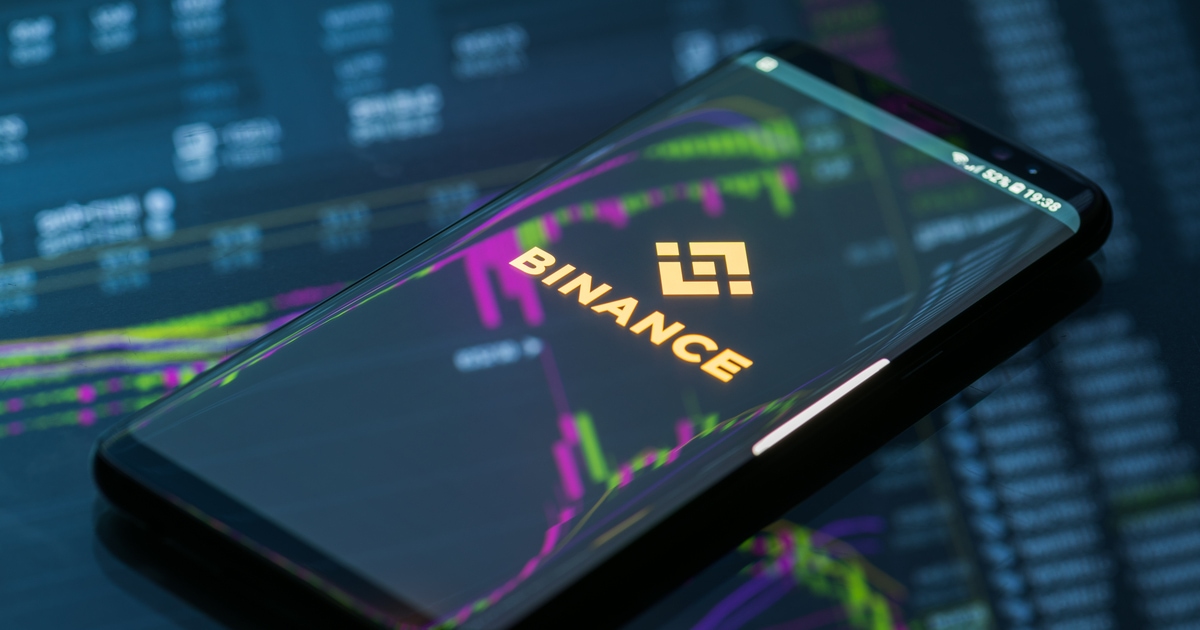ARTICLE AD BOX
Tony Kim Oct 31, 2024 22:12
Binance Futures is set to launch the TROYUSDT Perpetual Contract, offering up to 75x leverage, expanding trading options for users.

Binance, a leading cryptocurrency exchange, has announced the launch of the TROYUSDT Perpetual Contract on its Futures platform. The new contract will be available from October 31, 2024, at 13:00 UTC, offering traders the opportunity to leverage their positions up to 75 times, according to Binance.
Enhancing Trading Experience
This development is part of Binance's ongoing efforts to expand its range of trading options and improve user experience. The TROYUSDT Perpetual Contract allows traders to speculate on the price movements of TROY, a decentralized finance (DeFi) project, against USDT, a popular stablecoin. The contracts are USDⓈ-margined, meaning they are settled in USDT, which provides a stable base currency for margin trading.
Contract Specifications
The TROYUSDT Perpetual Contract comes with a maximum funding rate of +2.00% / -2.00%, with settlements occurring every four hours. Binance has indicated that it may adjust the contract's specifications, including the funding fee, tick size, and leverage, based on market risk conditions.
Multi-Assets Mode
Traders can utilize the Multi-Assets Mode to trade TROYUSDT contracts across different margin assets. This feature allows users to use various cryptocurrencies, such as BTC, as collateral, offering greater flexibility in managing their trading strategies.
Adherence to Terms and Agreements
The new perpetual contract will be governed by Binance’s Terms of Use and the Binance Futures Service Agreement. Traders are advised to review these documents to fully understand the terms under which they will be operating.
Binance reserves the right to amend or cancel this announcement at any time, reflecting its commitment to maintaining compliance and adapting to regulatory changes and market conditions.
Image source: Shutterstock









 English (US) ·
English (US) ·